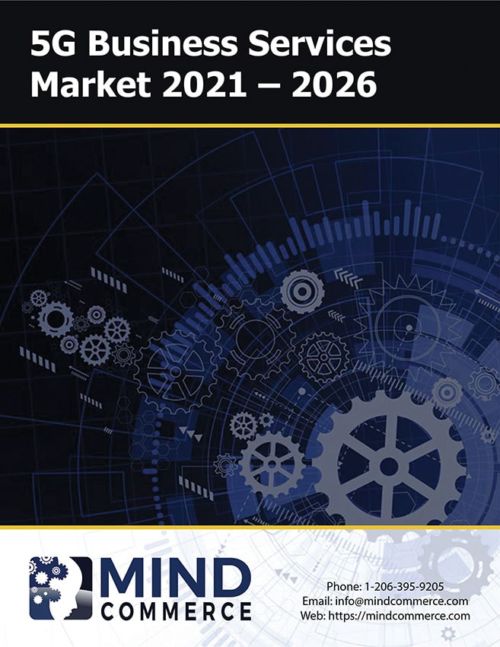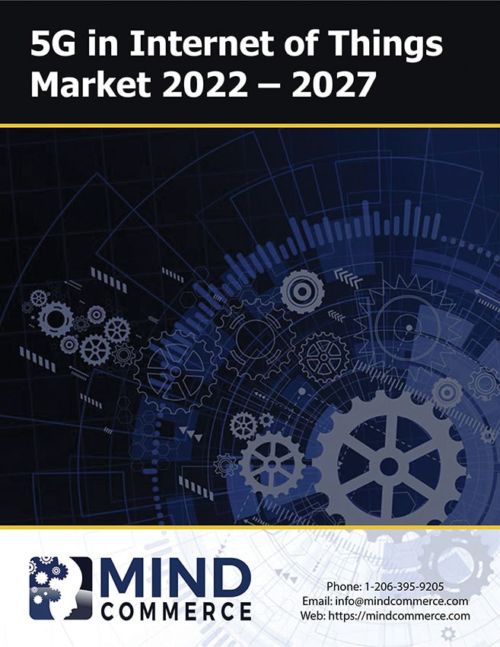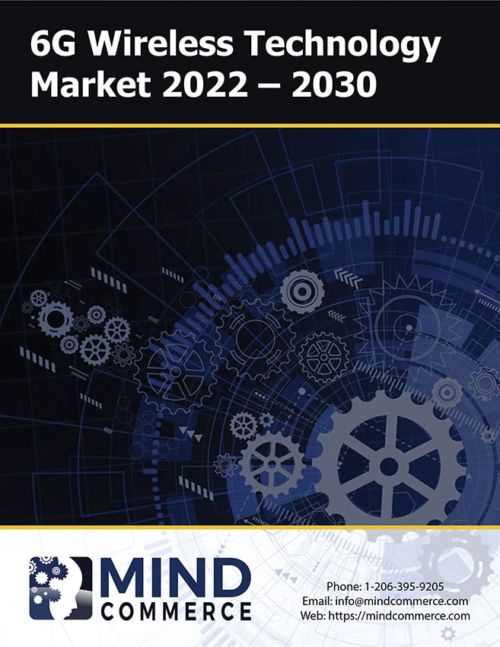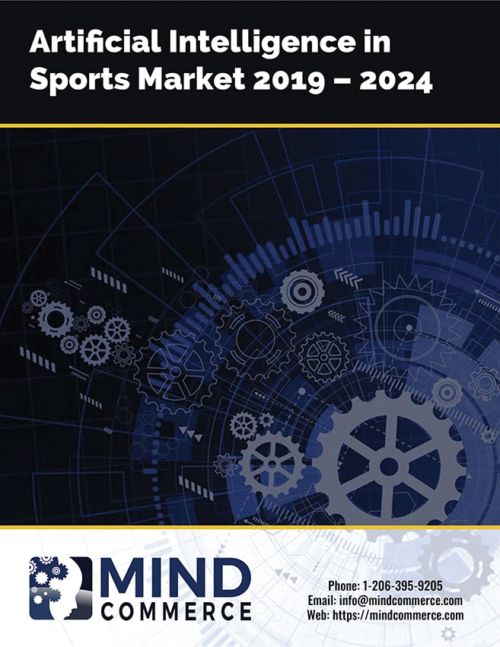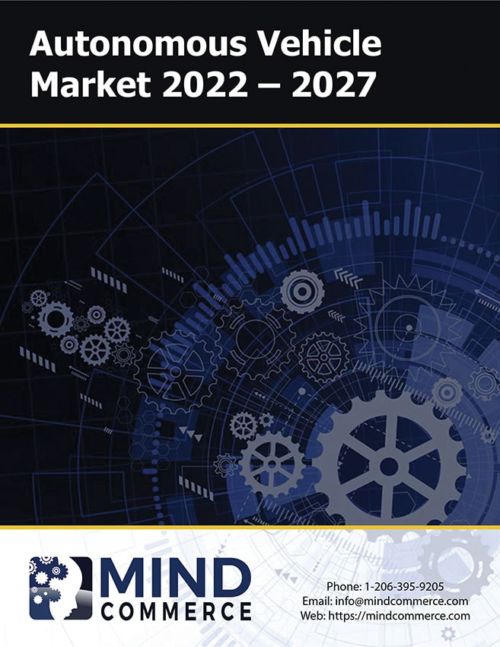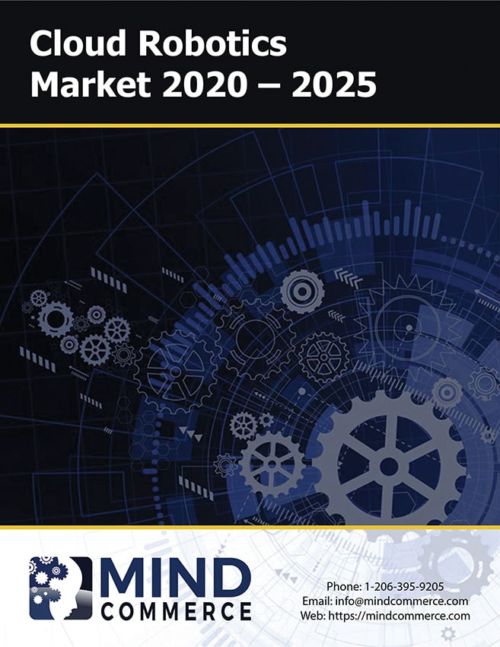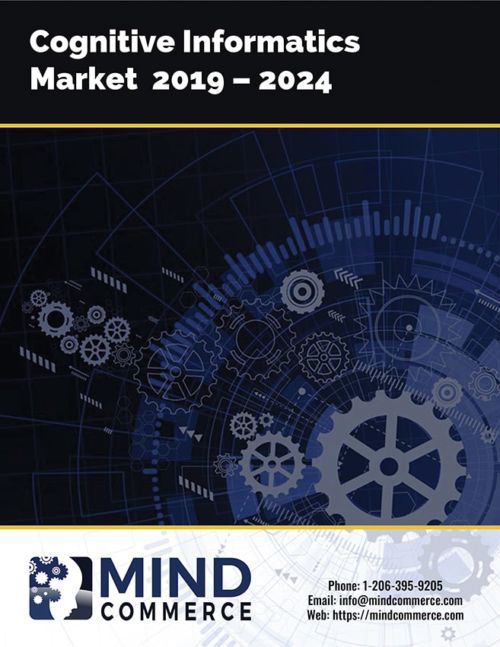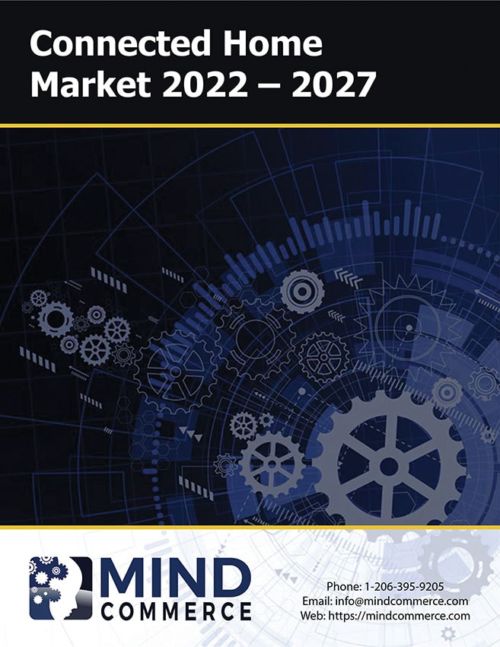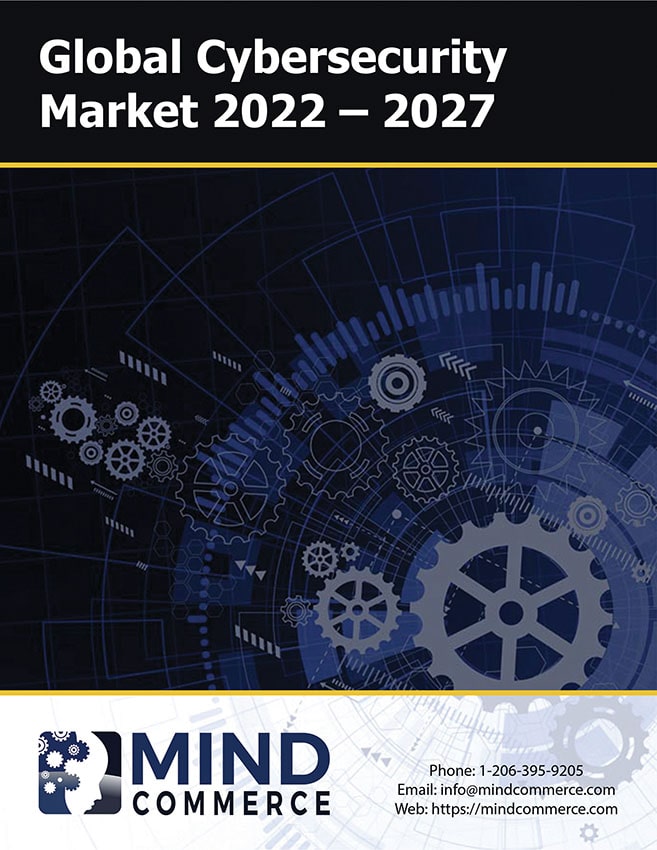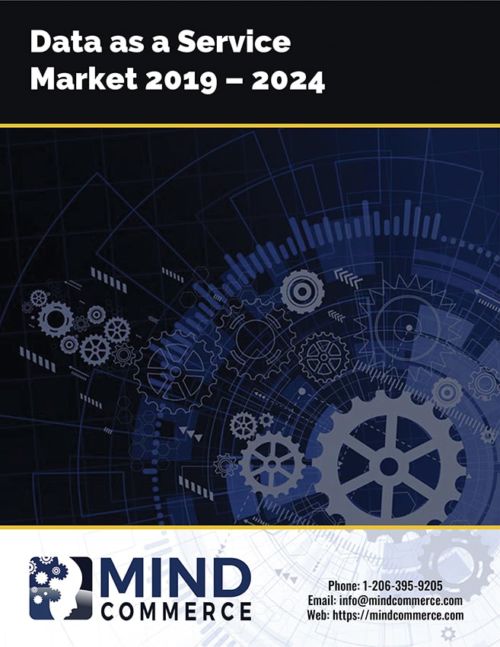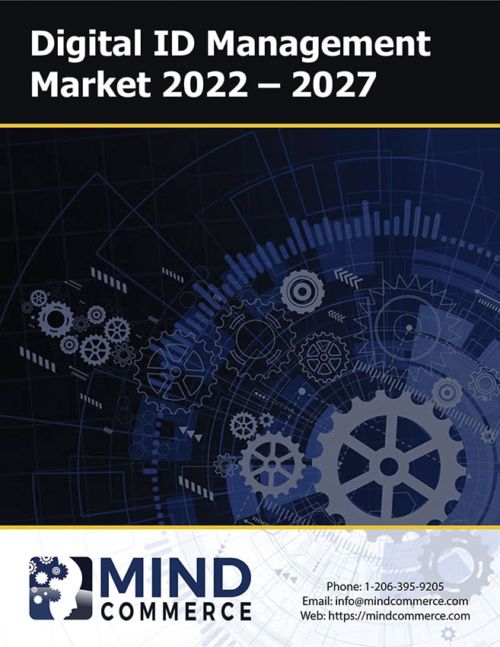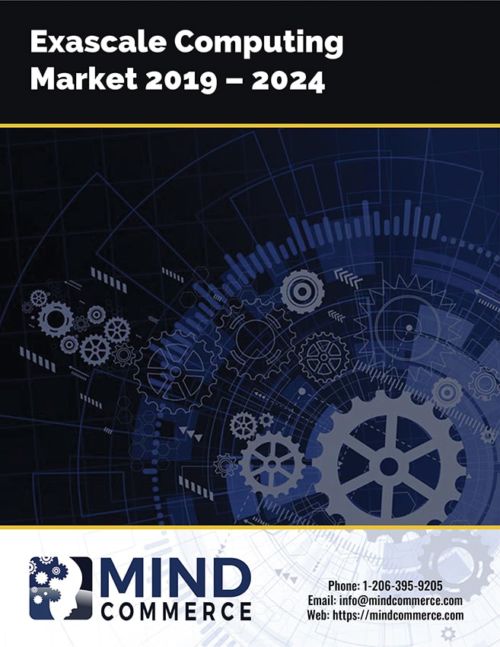
Computing Information and Reports
Computational infrastructure includes platforms, hardware, and software used for computing purposes. Architecturally speaking, computing topologies include centralized computing, decentralized (edge/distributed) computing, and hybrid systems.
Computing systems are constantly evolving to support new markets and business models such as cloud computing and various forms of computation as a service. Cloud computing itself may be centralized at the edge of networks or a combination of both. For example, distributed Internet of Things (IoT) devices will require processing at the edge, referred to some as “Fog Computing”.
More advanced computing technologies include the emerging area of quantum computing, which Mind Commerce believes will have a highly synergistic relationship with cognitive computing and artificial intelligence. Mind Commerce computing reports cover all of the aforementioned technologies as well as related business opportunities and the market outlook across the entire ecosystem. Read More…
Evolution of Computing

Fourth generation computational technology began in the early 1970s with the introduction of the microprocessor. Gordon Moore (for whom Moore’s Law is accredited) is famous for proclaiming that the number of the transistor density of computer chips doubles every year, which is to roughly say that computing power doubled every 24 months.
Moore’s Law states that computing power doubles every two years
While much advancement has been made during the 4th generation, the pace of innovation has slowed. This has led many to believe that it is time to move beyond current classical computing components, platforms, and systems to 5th generation technologies.
The ICT industry is developing fifth generation computing that involves a variety of new technologies including artificial intelligence, nanotechnology, and quantum computing. With 5th generation quantum computers, there will be no transistors or diodes. New computing technologies are leveraged such as quantum dots or computing liquids to enable coherent superposition of zero-and-one states necessary for quantum computing.
Cloud Computing

This has led to much greater computing asset utilization and therefore optimization of capital expenditures for those investing in computing assets and scalable operational expenses for computing customers.
Cloud computing business models have led to the “as a service” delivery model, which has proven to be a highly flexible and scalable method for introducing and growing computational needs for enterprise.
Mind Commerce computing reports focused on cloud computing includes:
- Cloud Computing by Network Structure (Centralized and Edge), Network Type (Mobile and IoT), Usage (Processing, Storage, and Analytics), and Application Type (Consumer Apps, Enterprise Automation, IIoT, and Robotics)
- Global Cloud Computing Services, Platforms, Infrastructure and Everything as a Service (XaaS): Market Outlook by SaaS, PaaS, IaaS, XaaS, by Industry Verticals, by Cloud IoT Services, and Carrier Cloud Services including Mobile Edge Computing
Edge Computing
Previously thought as a centralized resource for data storage and processing, cloud computing is also moving to the edge of networks. One example is the Internet of Things (IoT) networks in which the term “Fog Computing” was coined to identify those distributed cloud networks that represent edge computing for IoT applications and services.
Another term used for computing at the edge of networks is Mobile Edge Computing (MEC), which refers to the use of servers or even mini-datacenters geographically dispersed in locations that are much closer to the access aggregation hubs such as cellular radio access network equipment.
Edge computing provides greater network efficiency, enhanced apps and services, and opportunities for obtaining contextual, real-time data for analytics
MEC enhances existing networks, such as LTE, and will be complementary to emerging networks such as fifth generation (5G) cellular. This is because localized processing enabled by MEC architecture reduces the need for back-haul to centralized processing, facilitating faster network response time. This will improve the performance of latency-sensitive services such as Augmented Reality and Virtual Reality.
MEC also stands for “Multi-access Edge Computing” to recognize that there are multiple methods for accessing edge computing nodes including both wireless wired technologies
MEC will also enable many enhanced services and new business opportunities such as leveraging localized data in real-time. This will require integration with other technologies such as big data analytics and artificial intelligence to make context-based decisions at the edge for networks rather than always relying upon centralized resources for all use cases.
Mind Commerce computing reports focused on computation at the edge of networks include:
- Multi-access Edge Computing (MEC), Streaming IoT Data, and Analytics
- Internet of Things Sensors and Streaming Data: IoT Real-time Data and Analytics Market Outlook and Forecasts
- 5G and Mobile Edge Computing (MEC) Marketplace: Technologies, Infrastructure, Ecosystem, Applications and Services
Computing Convergence
Just as computing is constantly evolving, so is its relationship with other technologies. For example, 5G is anticipated to be a substantial catalyst for computing in mobile/cellular networks thanks to significantly faster data speeds as well as lower latencies.
IoT networks will heavily depend upon a mixture of computing technologies to support everything from localized real-time data processing and decision making to centralized orchestration of inter-party network data exchange and clearing.
Computing is also anticipated to become an integral part of virtually everything electronic. For example, cloud robotics represents technology integration between various cloud technologies and robotics. This merger will provide great benefits to utilization of mechanized assets, leading to new business models such as robots as a service.
Mind Commerce computing reports focused on convergence of cloud computing with other technologies include:
- Cloud Computing in the Internet of Things (IoT)
- 5G and Cloud Computing Technologies, Solutions, Applications, and Services in IoT
- Cloud Robotics: Technologies, Leading Companies, Solutions, Market Outlook, and Forecasts
- Cloud Robotics: Technologies, Leading Companies, Solutions, Market Outlook, and Forecasts
- Big Data and Cloud Computing Solutions: Market Outlook for Services, Software, Platforms, and Infrastructure
- Distributed Manufacturing Revolution: Convergence of 3D Printing, Cloud Robotics, IoT, Teleoperation, and Virtual Twins Solutions
- Cloud Computing in Industrial IoT: Market for Cloud support of IIoT by Software, Platforms, Infrastructure (SaaS, PaaS, and IaaS) and Outlook for Centralized Cloud and Fog Computing for IIoT Devices and Objects/Things
Next Generation Computing
A form of computing that involves various elements of Artificial Intelligence (AI), cognitive computing employs a combination of machine learning, natural language processing, speech and image recognition as well as other technologies in support of computational processes.
AI will take on an increasingly broad role in computing as data processing leverages context, becomes more adaptive, and interactive to inputs from the environment. Adaptive computing systems are more dynamic and able to resolve ambiguity and unpredictable scenarios.
Mind Commerce computing reports that focus on this area include:
- Artificial Intelligence and Cognitive Computing: Market Outlook for Communications, Applications, Content, and Commerce
- Artificial Intelligence and Cognitive Computing in Communications, Applications, and Commerce: AI in Internet of Things (IoT), Data Analytics, and Virtual Private Assistants
It is anticipated that AI will benefit greatly from quantum computing and vice versa as the former provides context and human-like thinking and the latter provides great processing power.
Quantum Computing
While classical (non-quantum) computers make the modern digital world possible, there are many tasks that cannot be solved using conventional computational methods. This is because of limitations in processing power. For example, fourth generation computers cannot perform multiple computations at one time with one processor. Physical phenomena at the nano scale indicate that a quantum computer is capable of computational feats that are orders of magnitude greater than conventional methods.
This is due to the use of something referred to as a quantum bit (qubit), which may exist as a zero or one (as in classical computing) or may exist in two-states simultaneously (0 and 1 at the same time) due to the superposition principle of quantum physics. This enables greater processing power than the normal binary (zero only or one only) representation of data.
The amount of information in a qubit is the same as classical bits, but the processing of information is performed differently
Whereas parallel computing is achieved in classical computer via linking processors together, quantum computers may conduct multiple computations with a single processor. This is referred to as quantum parallelism and is a major difference between hyper-fast quantum computers and speed-limited classical computers.
Quantum computing is anticipated to support many new and enhanced capabilities including:
- Ultra-secure Data and Communications: Data is encrypted and also follow multiple paths through a phenomenon known as quantum teleportation
- Super-dense Data and Communications: Significantly denser encoding will allow substantially more information to be sent from point A to point B

The stability problem is due to molecules always being in motion, even if that motion is merely a small vibration. When qubits are disturbed, a conditioned referred to as decoherence occurs, rendering computing results unpredictable or even useless.
One of the potential solutions is to use super-cooling methods such as cryogenics. Some say there is a need to reach absolute zero (the temperature at which all molecular motion ceases), but that is a theoretical temperature that is practically impossible to reach and even more difficult to maintain. If possible, it would require enormous amounts of energy.
Leading companies focused on quantum computing include Microsoft, Intel, Rigetti Computing, D-Wave Systems, and a few other notable organizations
There are some room temperature quantum computers in R&D using photonic qubits, but nothing is yet scalable. Some experts say that if the qubit energy level is high enough, cryogenic type cooling is not a requirement. Alternatives include ion trap quantum computing and other methods to achieve very cold super-cooled small scale demonstrate level computing platforms.
Additional issues arise with quantum computing due to quantum effects at the atomic level, such as interference between electrons. The implications are that Moore’s law breaks down, which means one cannot simply assume computational innovation will grow at the same pace with quantum computers.
Mind Commerce computing reports that involve quantum computing cover these technical issues as well as the market outlook and business opportunities. For more information, see:
- Quantum Computing: Technologies, Companies, Solutions, Market Outlook and Forecasts


